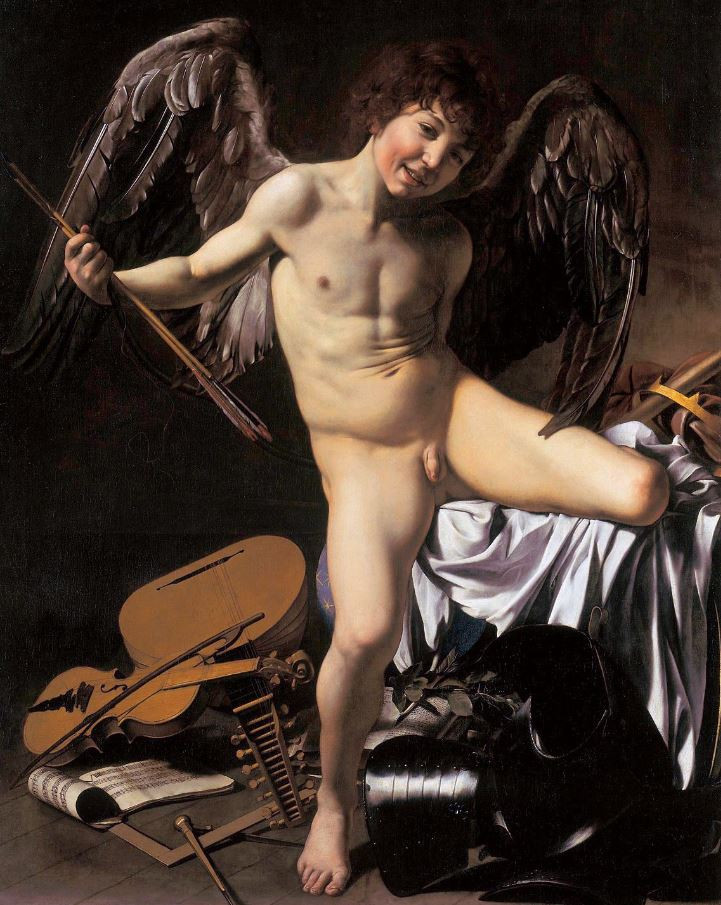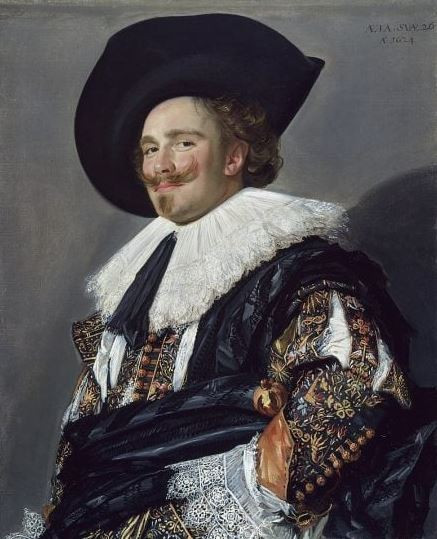The first Friday of October is dedicated to World Smile Day
Today we consider a smile to be a sign of joy, friendliness, affection, optimism, something positive after all. And who hasn’t smiled while taking a photo – even if they didn’t mean to?
And yet, I’m sure you never realized that the smile was something particularly rare in classical art. For most of human history, the open smile (you know, the one that shows teeth) was completely “old fashioned.” If you think about it, we really rarely see “classic” works with smiling protagonists.
Some believe that the reason was the usually very poor hygiene at the time – who would want a portrait showing off their decayed teeth? Others (and they are probably more reasonable) base this strange phenomenon on the fact that the process of creating a work of art took hours. The models who posed were understandably tired – and we all know how hard it is to keep a smile for long.
Smiles only made a small appearance during the Renaissance, when Italian artists led by Antonello da Messina decided to give some “life” to the subjects of their works.
And yet, though rare, there are some smiles in art that have gone down in history. What are these;
-
Mona Lisa, Leonardo da Vinci
We begin with the most famous smile in the history of art – that of the Mona Lisa. 520(!) years since its creation, still no one can say for sure how the genius artist managed to paint the most enigmatic smile in history. The word “gioconda” in Italian means happiness, and Leonardo da Vinci made this concept of happiness the central motif of the portrait, which is still considered one of the most famous in the history of art.
-
Portrait of an unknown sailor, Antonello de Messina
The second most famous smile in the world after the Mona Lisa, “Portrait of a Man” or “Portrait of an Unknown Sailor”, is an oil painting by Antonello da Messina. And yes, this man is definitely not laughing – at least not in the way we understand it today. But this is the first smile of Renaissance painting (seen by the small wrinkles at the corner of the eyes) – actually created 13 years before da Vinci even started painting the Mona Lisa. This painting is considered the first “official” smile in Western painting.
-
Victorious Eros, Caravaggio
One of the greatest painters in history, Caravaggio was heavily censored in his day for the revolutionary nature of his works and his need to depict even historical figures as ordinary everyday people. Among his most controversial paintings was certainly “Eros”, an allegory for love and beauty. The young Cupid, naked with the characteristic “arrows of love” in his hands, smiled so “lustfully” by the standards of the time, that when the painting was exhibited for the first time, the public found it highly provocative. In fact, it was considered a depiction of “homosexual passion”.
-
The Laughing Horseman, Frans Hals
As we said, it was extremely rare for the subject of a painting of this era (we’re talking about the 17th century) to have such emotion captured on his face. And yet Frans Hals – who is the subject of a major new exhibition at the Art Gallery in London right now – was not afraid to capture the feeling. A typical example is the portrait of this horseman, with the most famous smug smile in the history of art.
Read more at monopoli.gr
Source :Skai
I am Frederick Tuttle, who works in 247 News Agency as an author and mostly cover entertainment news. I have worked in this industry for 10 years and have gained a lot of experience. I am a very hard worker and always strive to get the best out of my work. I am also very passionate about my work and always try to keep up with the latest news and trends.












